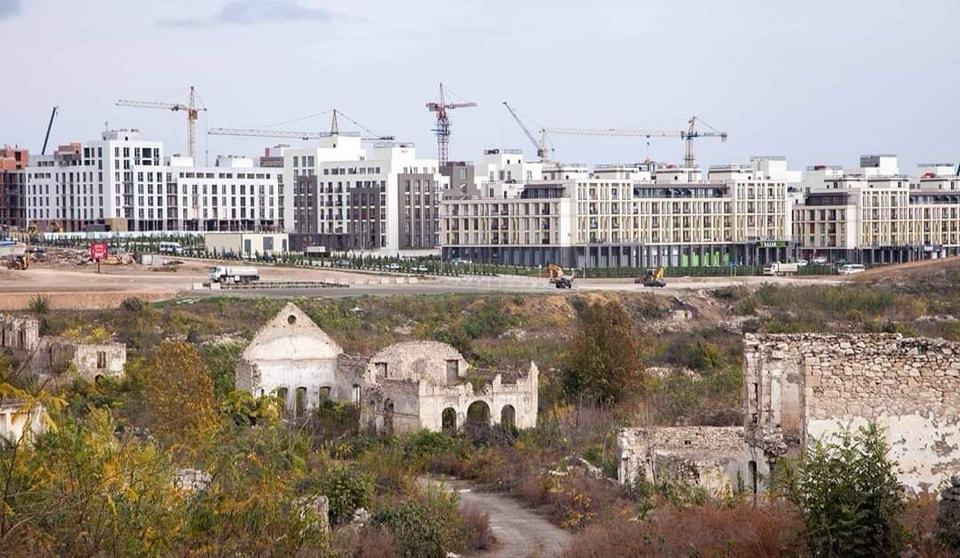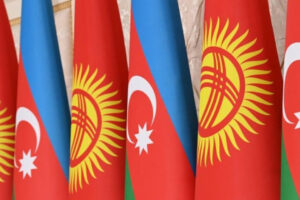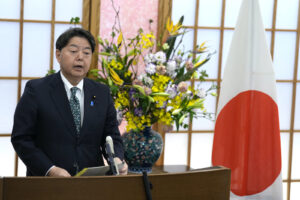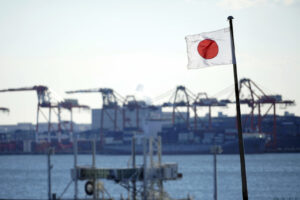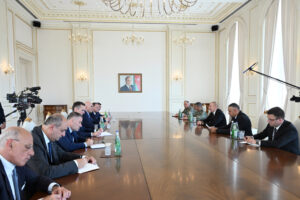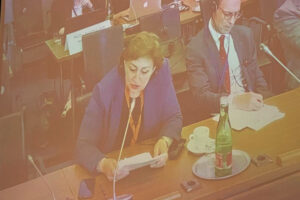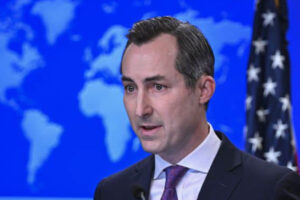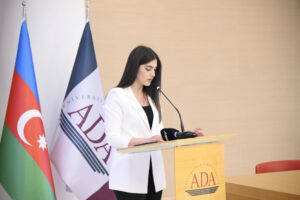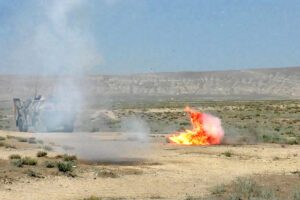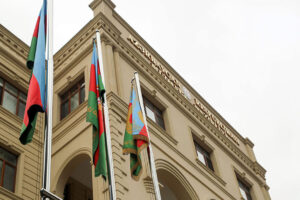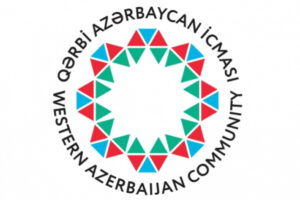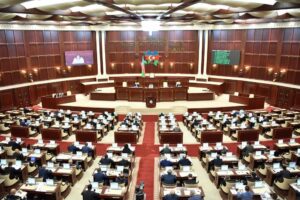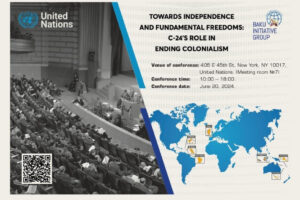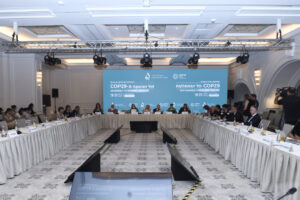Tokyo, 27 May, /AJMEDIA/
As it is known, Armenia occupied 20% of Azerbaijani territory and kept it under occupation for nearly 30 years. Relevant international institutions responsible for peacebuilding did nothing necessary to correct this situation. Azerbaijan waited patiently and ended the occupation of Armenia with its own military force in 2020. Tremendous opportunities have emerged to create a peaceful environment in the South Caucasus. The temporary Russian peacekeeping force, which was deployed to the Karabakh region in 2020 with the permission of Azerbaijan to create an environment of trust, left Azerbaijan in April 2024, not in November 2025, earlier than the period foreseen in the tripartite declaration.
Now we can talk about the peace process. For 3 years, Azerbaijan has been insistently proposing that negotiations should be held directly with Armenia, without intermediaries. Finally, the value of direct negotiations was realized. It can be said that the main reason why significant progress has been made towards establishing peace is the direct (without intermediaries) negotiations between Azerbaijan and Armenia. The delimitation process continues to determine the state border between two neighboring countries. 4 non-exclave viligaes belonging to Azerbaijan and occupied by Armenia in 1990s were returned to Azerbaijan in April as a result of bilateral negotiations held in a completely peaceful environment. It is possible to talk about making transportation-communication lines operational again.
In order to discuss future cooperation opportunities, compensation for the bad consequences of the war and the occupation of Armenia is of great importance. In this context, large-scale material and moral damages to Azerbaijan come to the fore. The purposeful destruction of religious, cultural and historical monuments in the region occupied by Armenia for nearly 30 years is a great moral wound for Azerbaijan.
Let’s examine whether Armenia is legally responsible for any damage caused to cultural heritage objects as a result of its occupation? As it is known, legal liability is a legal consequence arising from the illegal actions of the accused subject. In this regard, Armenia bears international legal responsibility for any damage caused to the cultural heritage objects in the territory of Karabakh as a result of the occupation. The mentioned responsibility is the duty of Armenia to eliminate the damage caused to Azerbaijan by violating its international legal obligations.
In the territory occupied by Armenia, more than 100,000 cultural and religious monuments of national and world importance, including 2 million year old Azikh cave, ancient Albanian monuments – Ganzasar, Amaras temples, dolmens in Khojaly, cromlechs in Khankendi, Aghdam Juma Mosque, Haji Alasgar mosque and so many other historical mosques were destroyed and usurped, most of 500 historical and more than 100 archaeological monuments, 22 museums were completely or partially destroyed.
In addition to residential houses, private properties, educational, industrial and agricultural facilities located in the occupied territories hundreds of cultural institutions, including 927 libraries with 4.6 million book collections, 808 cultural palaces, clubs and culture centers, 85 music and art schools destroyed. In addition, 22 museums and museum branches with more than 100 thousand exhibits, 4 art galleries, 4 theaters, 2 concert halls, 8 culture and recreation parks were victims of Armenia’s aggression against Azerbaijan.
The Geneva Conventions form the basis of the international humanitarian law consisting of four treaties and three additional protocols that establish international legal standards for humanitarian treatment in war times. Namely, the following international conventions guide us:
– The Hague Convention (especially the 1907 Convention and the Additional Protocol);
– 1949 Geneva Conventions on the Legal Protection of Victims of Armed Conflict and the 1977 Additional Protocols I and II;
– 1954 Hague Convention on Protection of Cultural Heritage during Armed Conflict and Additional Protocols I and II thereto;
According to Article 27 of the Annex to the 1907 Hague Convention on the Laws and Customs of War on Land, all necessary measures should be taken to prevent damage to religious temples, science, art buildings, and historical monuments to the extent possible. Article 53 of the 1977 Protocol (Protocol I) on the protection of victims of international armed conflict, added to the Geneva Conventions of 1949 the following points are unequivocally prohibited: a) any act of hostility against historical monuments, works of art or places of worship that constitute the cultural or religious heritage of nations; b) using such facilities to support military efforts; c) turning such objects into objects of revenge.
Azerbaijan and Armenia are the parties to the 1954 Convention and Protocols. Nothing is forgotten in the memory of the Law. It is time to work with the International Court of Justice, European Human Rights Court and work on the creation of ad hoc Tribunals.
Dr. Elsevar Salmanov
Counselor-Deputy Head of Mission
Embassy of the Republic of Azerbaijan in Malaysia

